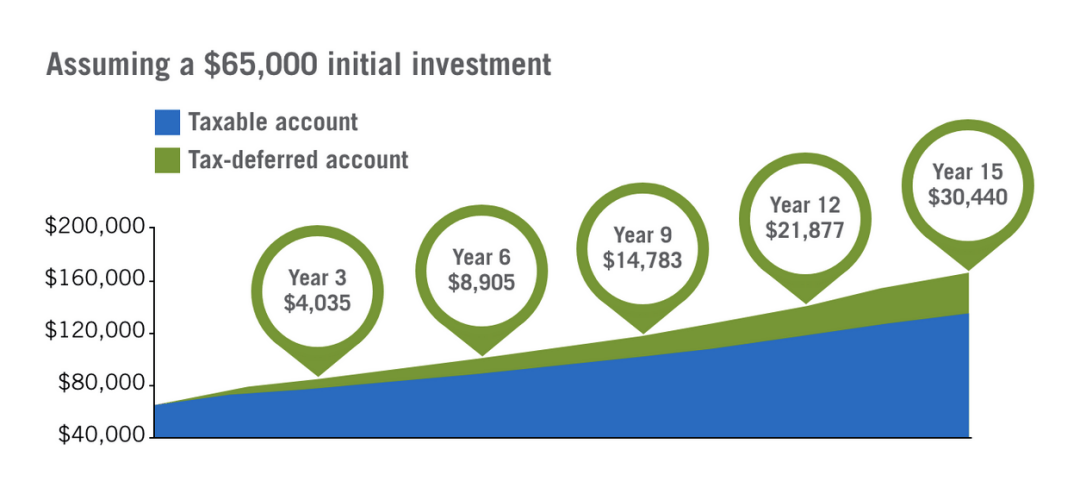MSU expanding biomedical research capabilities with grant from Murdock Trust

BOZEMAN — A new grant from the M. J. Murdock Charitable Trust will support ongoing efforts by Montana State University to expand biomedical engineering research and education with an emphasis on developing new technologies to improve rural health care.
The $429,000 award will allow MSU to create the Biomedical Innovation for Research and Development Hub, an interdisciplinary biomedical research project bringing together engineering, nursing and computer science to advance life-saving technologies and provide hands-on opportunities for students.
“We are very appreciative of the Murdock Trust for this support,” said Bernadette McCrory, assistant professor in the Department of Mechanical and Industrial Engineering in MSU’s Norm Asbjornson College of Engineering, who is leading the project. “This funding is a catalyst for growing our biomedical capabilities and translating them into saving patients and enhancing quality of life. That’s what we care about most.”
The Murdock Trust grant will primarily be used to purchase cutting-edge instrumentation that will significantly boost MSU’s research capacity, including high-tech manikins, an advanced 3-D printer and an interactive, augmented reality simulator, according to McCrory.
"This is going to be groundbreaking for researchers at MSU and the health care partners we want to collaborate with," said project co-leader Elizabeth Johnson, assistant professor in MSU’s Mark and Robyn Jones College of Nursing. "It allows us to bring in our partners and have the research be tangible, so that we can move novel solutions more quickly from lab bench to bedside."
Johnson is working with Montana nurses to test a wearable device that streamlines clinical trial record-keeping, which could help patients in rural areas access the latest experimental treatments for cancer and other diseases without the need to travel to hospitals outside the state. McCrory is helping develop a device that makes it easier to detect heart abnormalities in remote settings. Both efforts are examples of the kind of work that could be significantly accelerated by the BioReD Hub, they said. The manikins will enable lifelike testing, especially for technologies involving trauma treatment, while the simulator — which can display virtual patients within a variety of lifelike surroundings — will help researchers and health care partners visualize and conceptually test solutions. The resources also create opportunities for collaborating with partners, McCrory said.
"We’ll be able to immerse our health care partners in these situations without having to leave our lab," Johnson said. “We can rigorously control the science and actually test failure rates and inefficiencies in medical devices. This interdisciplinary space for technology incubation and device development is unique in an academic environment and the expertise of those using the hub and its equipment will set us apart."
BioReD Hub will working with MSU’s Gianforte School of Computing to capitalize on the potential for computer science to facilitate remote health applications, new digital health technologies and other health care improvements, said project co-leader Laura Stanley, associate professor in the Gianforte School of Computing. Her recent research includes developing augmented reality and virtual reality systems to support patients recovering from opioid use disorder — another example of the kind of project that could benefit from the hub’s interdisciplinary collaboration with health care partners, she said.
The hub will also provide opportunities for students to gain hands-on experience in the growing biomedical field, similar to how computer science undergraduates have played a key role in developing Johnson’s wearable device, Stanley noted. In that way, the project is aligned with MSU’s broader effort to expand biomedical education, including offering a Bachelor of Science in biomedical engineering since 2021.
“We have a lot of students who are excited about using innovative computer science approaches to do things like assist with high-risk surgeries or detect life-threatening diseases,” Stanley said. “There’s great potential to harness data and integrate emerging technologies to support health care professionals.”
According to Johnson, the hub will support "having students answer challenging questions in a rigorous, scientific way, which prepares them to be systems thinkers and leaders in the health care system."
MSU is contributing $161,000 to the project through the Office of Research and Economic Development, Norm Asbjornson College of Engineering and Mark and Robyn Jones College of Nursing. The total funding will also be used to provide biomedical engineering “seed grants” to MSU faculty and their research partners to stimulate new ideas and technologies.
“With increased emphasis on interdisciplinary science and the integration of research, teaching and community engagement, MSU will see more projects like this,” said Alison Harmon, MSU’s vice president for research and economic development. “It’s an excellent example of how our collective expertise can address biomedical challenges in rural Montana and improve the quality of life for the people of this state.”
“Health care is a very complex system,” McCrory said. "Innovation and technology are really what’s going to help reduce barriers to rural health care delivery with a special focus on Montana."
The Murdock Trust was established by the last will and testament of the late Melvin Jack Murdock, co-founder of Tektronix, lifelong resident of the Northwest and philanthropist. Since it was founded in 1975, the Murdock Trust has provided more than $1.3 billion in grants and support to more than 3,000 nonprofits in the Pacific Northwest.






News Comments
Thank you
Open Auditions for Annie
Monday, Sep. 16, 2024
I’m at the Bozeman airport where your painting, “Blowing East” is displayed. It’s absolutely gorgeous! Bravo, Marci!!
The Artists’ Gallery in Bozeman’s Emerson Cultural Center May Exhibits
Sunday, Jun. 30, 2024
This is so typical of a sign in, which we should not have to do to check if we or some one in our party got a permit. I have been working or "creating an account" for 30 minutes and just get the same ...
Smith River permit drawing results available
Sunday, Mar. 10, 2024
I have struggled with this podcast and my own participation therein, the event itself obviously traumatic, but beyond that my inability to reach anyone and convey anything resembling truth. The person ...
Billings, MT Case Becomes True Crime Podcast | 'An Absurd Result'
Marktokarski
Saturday, Jan. 20, 2024